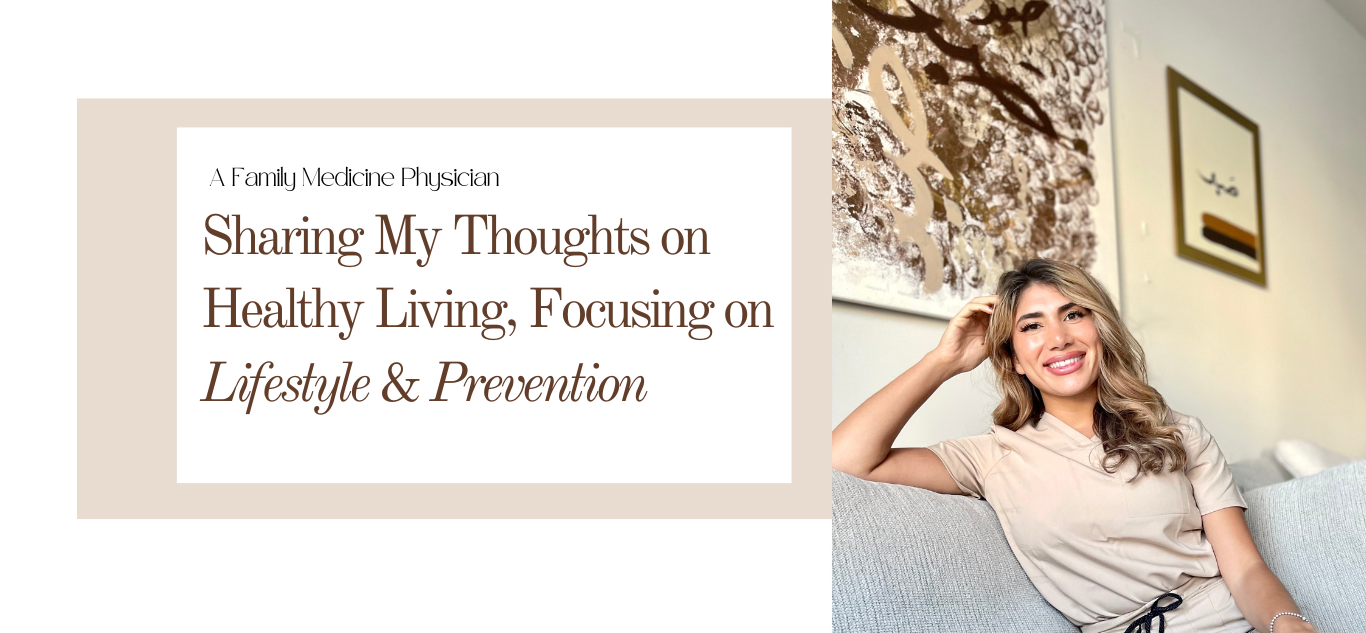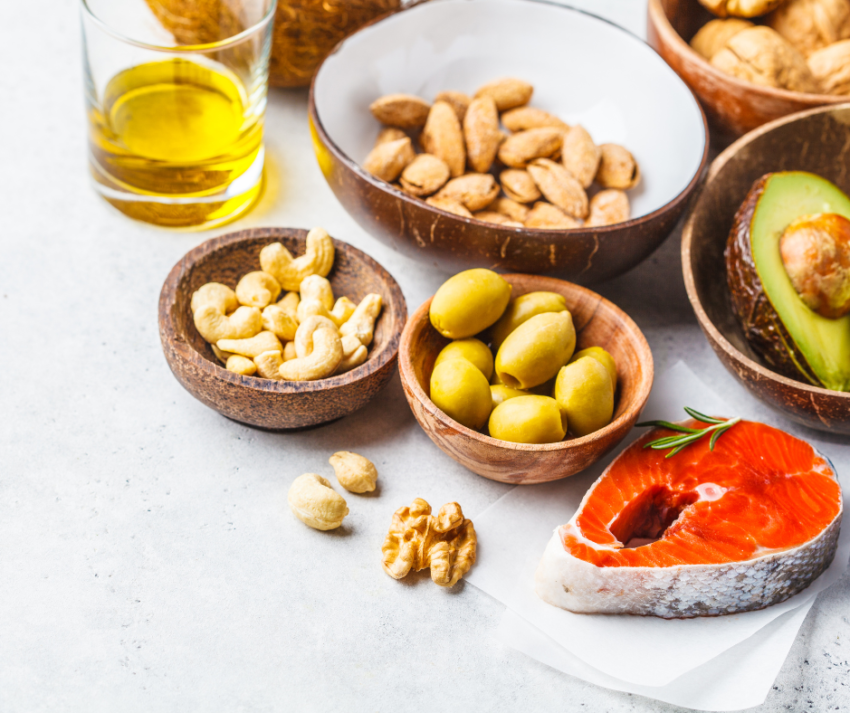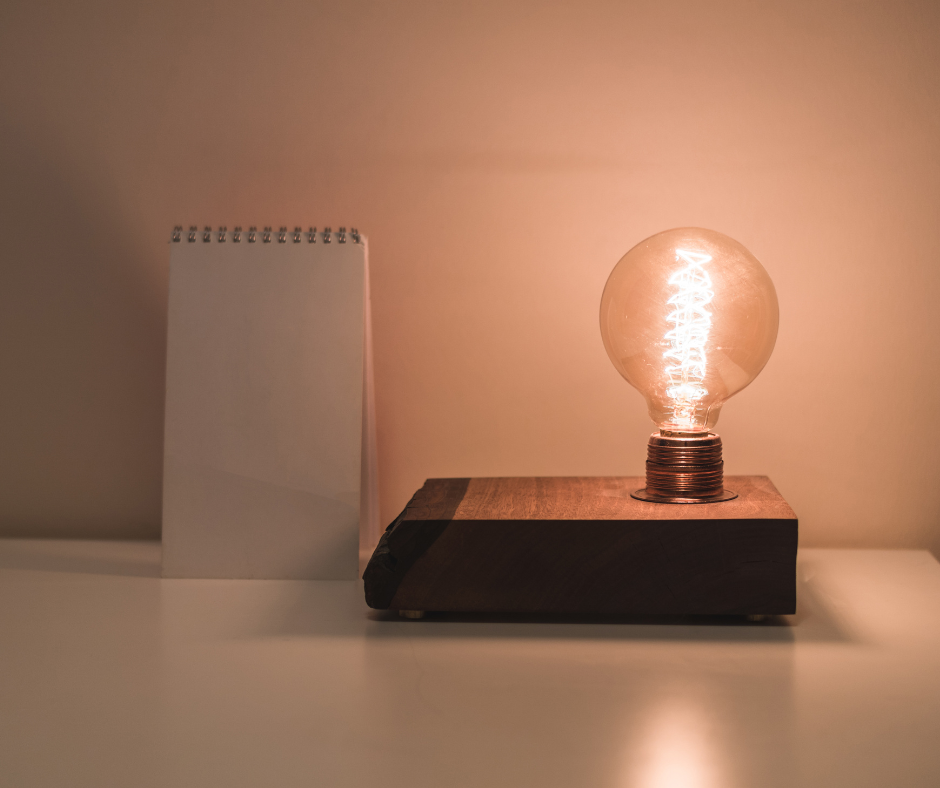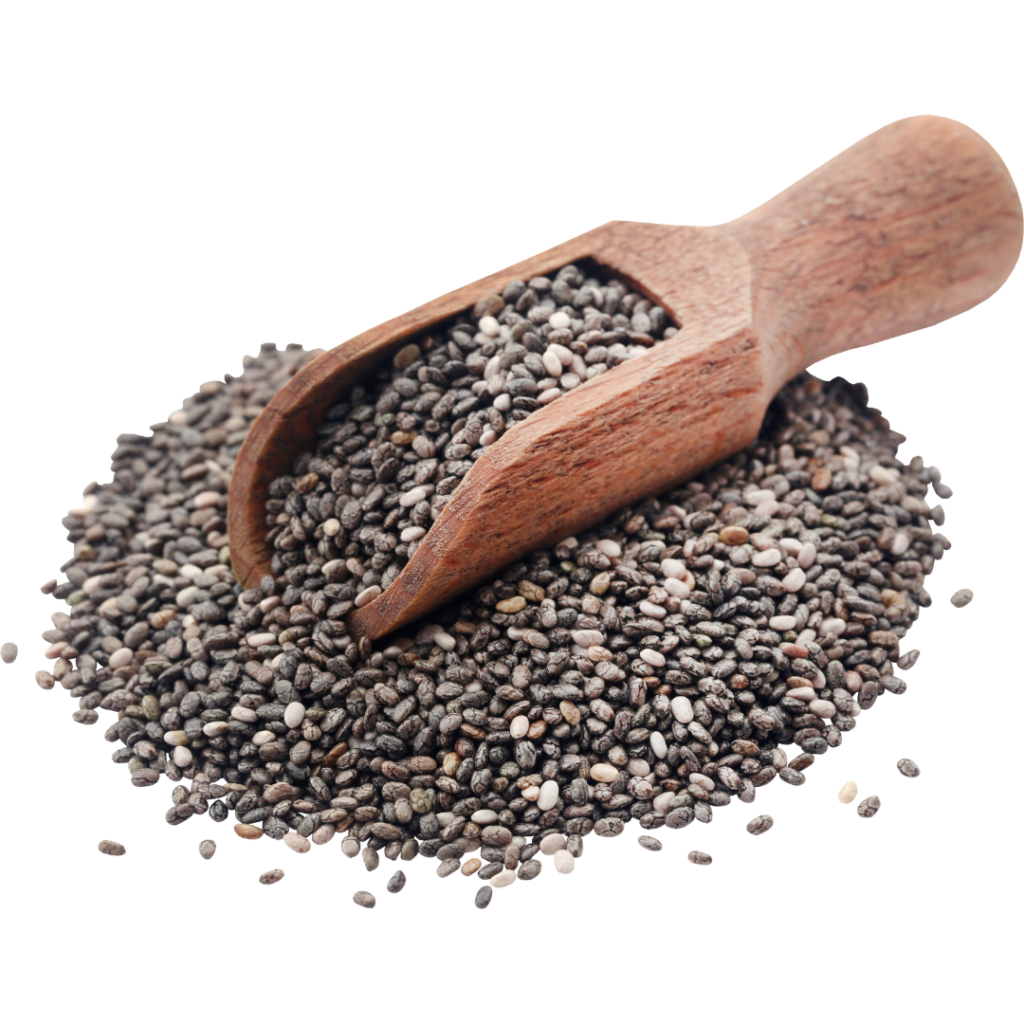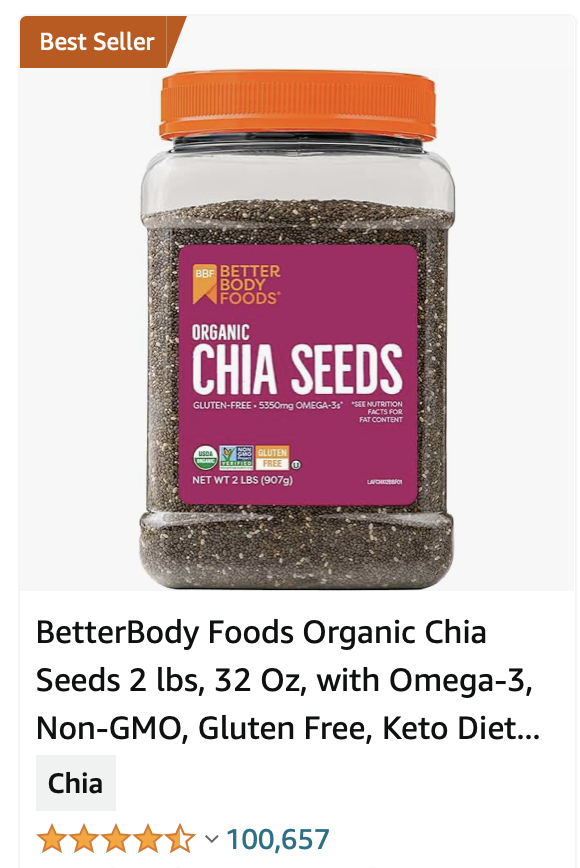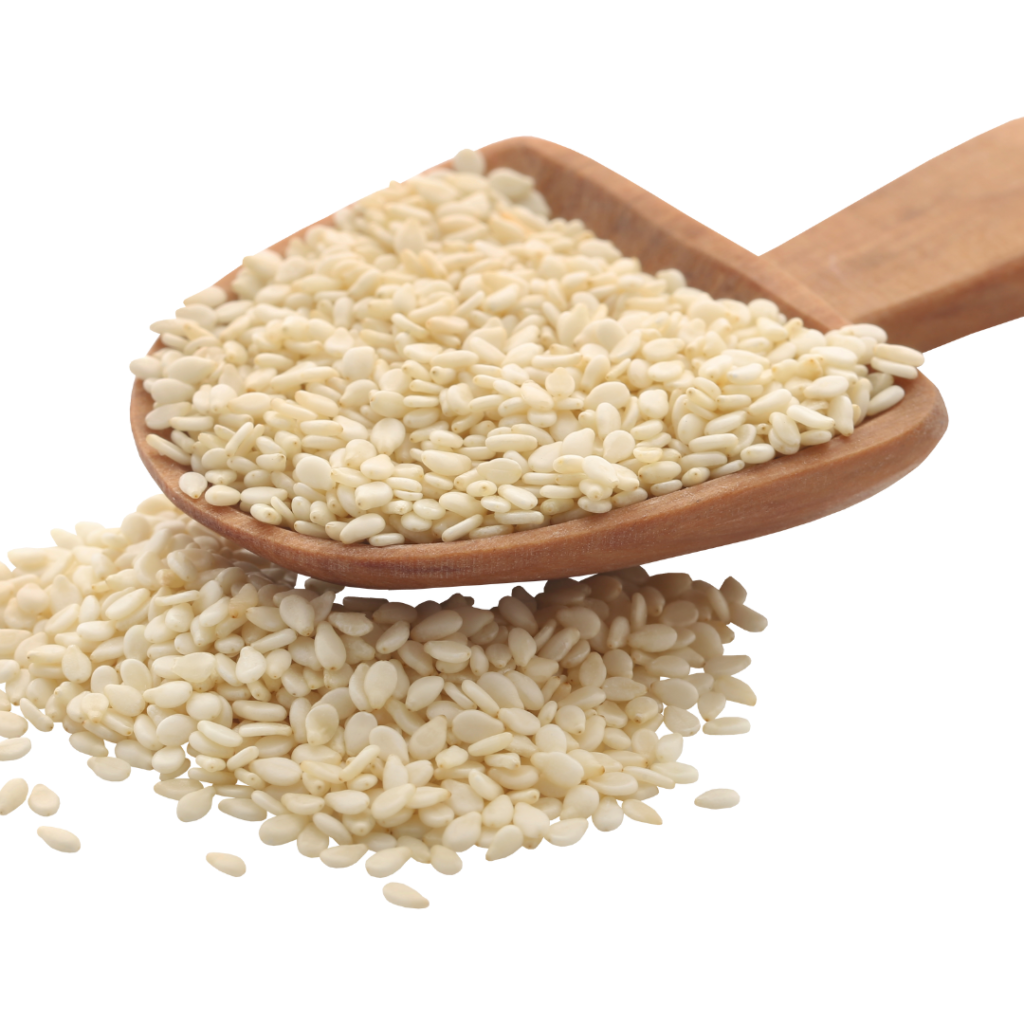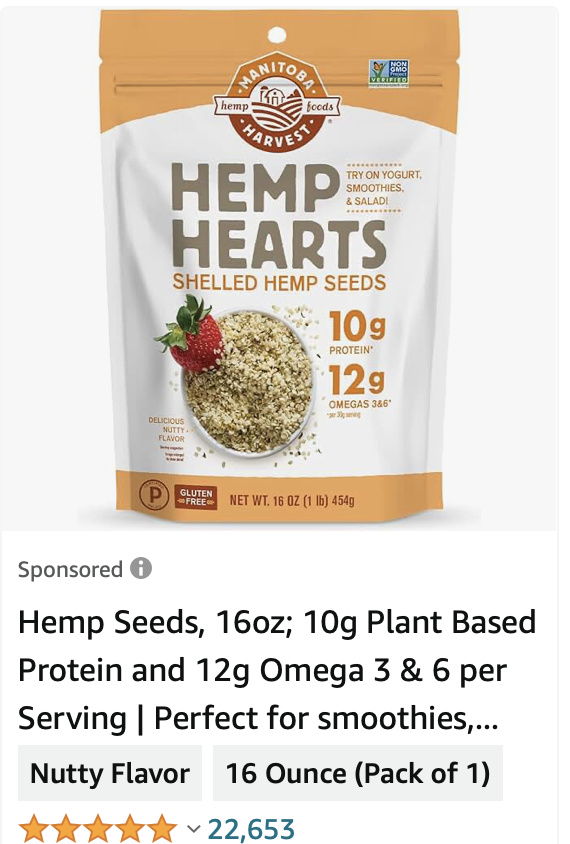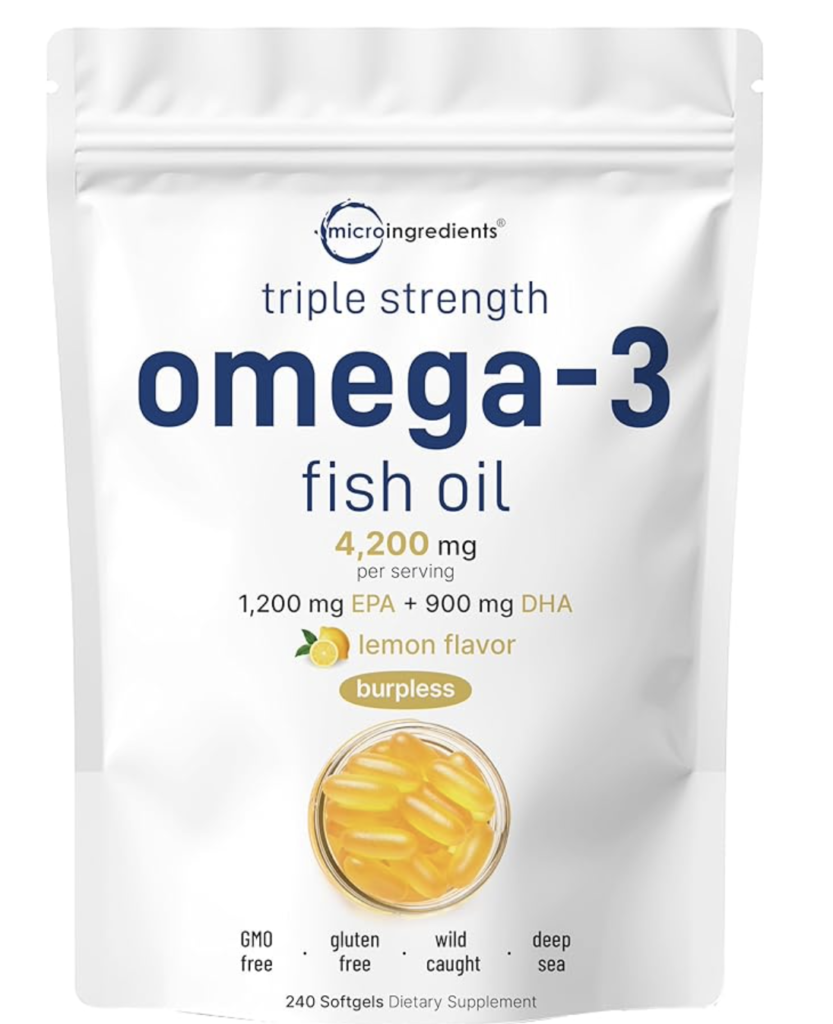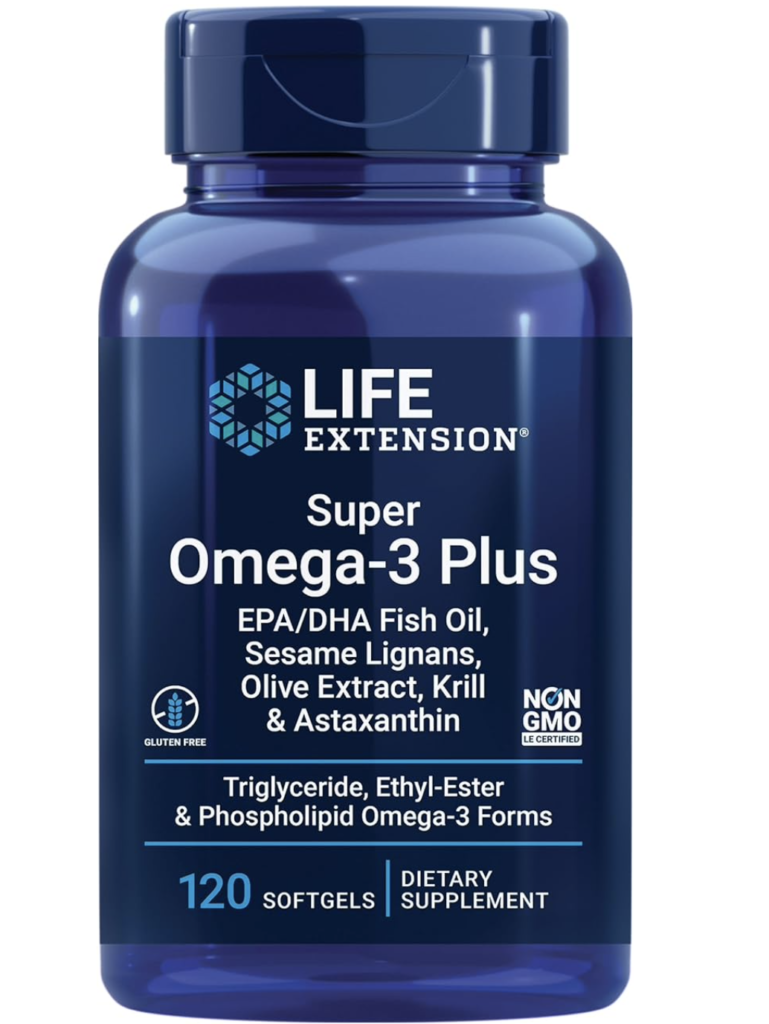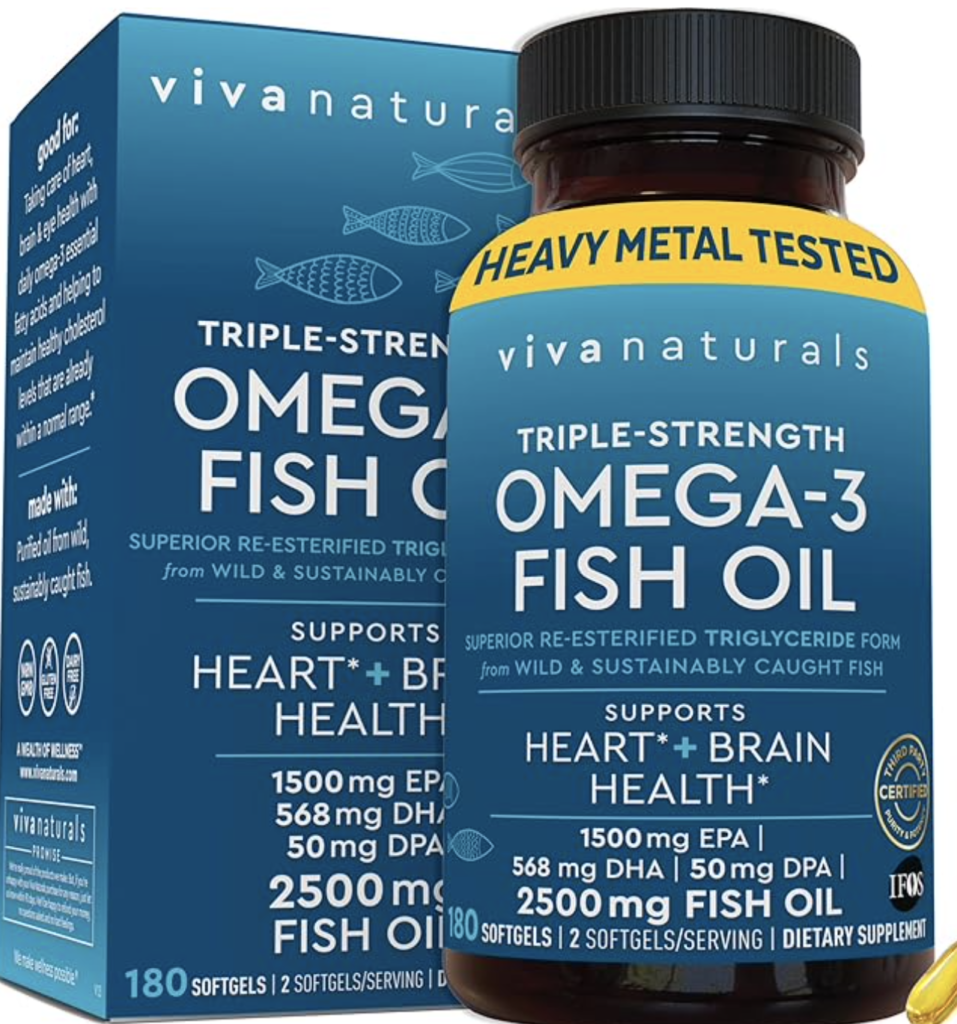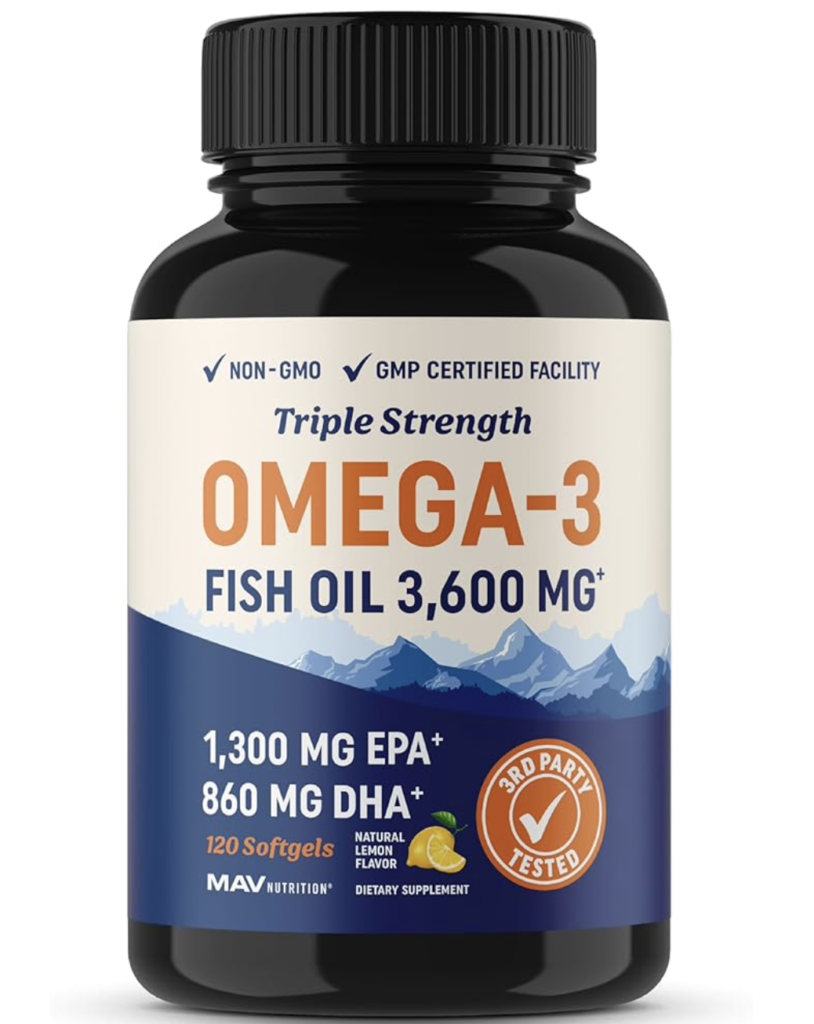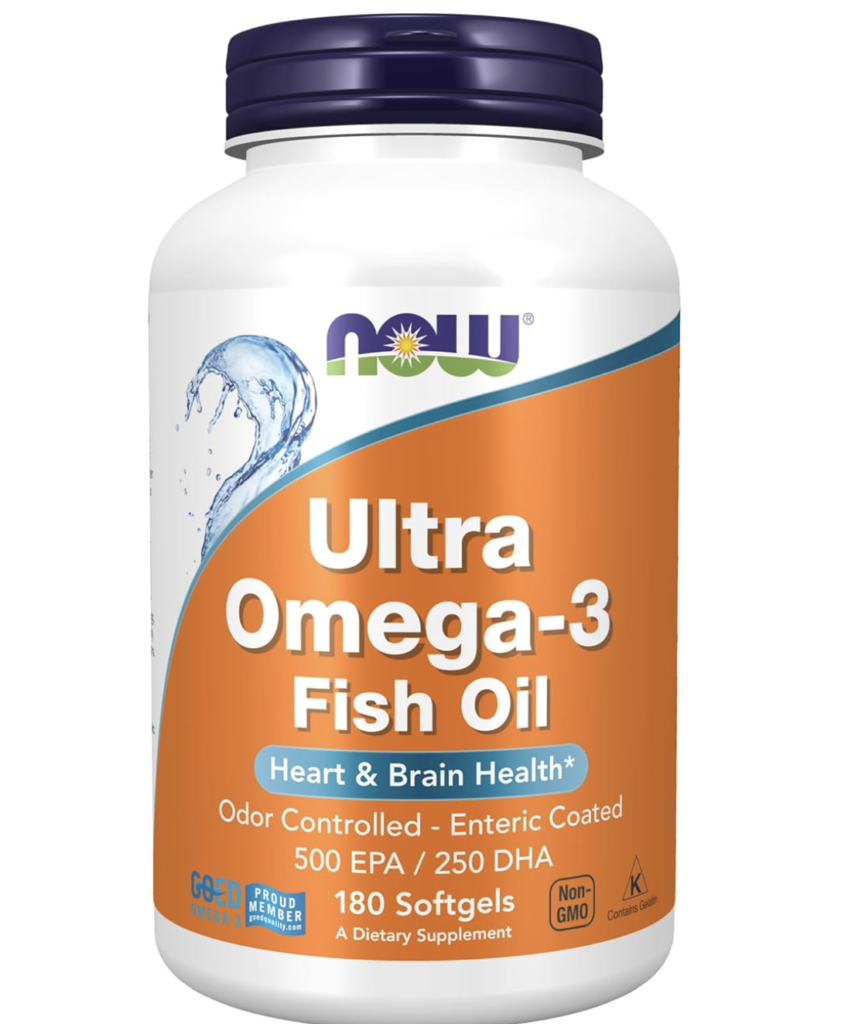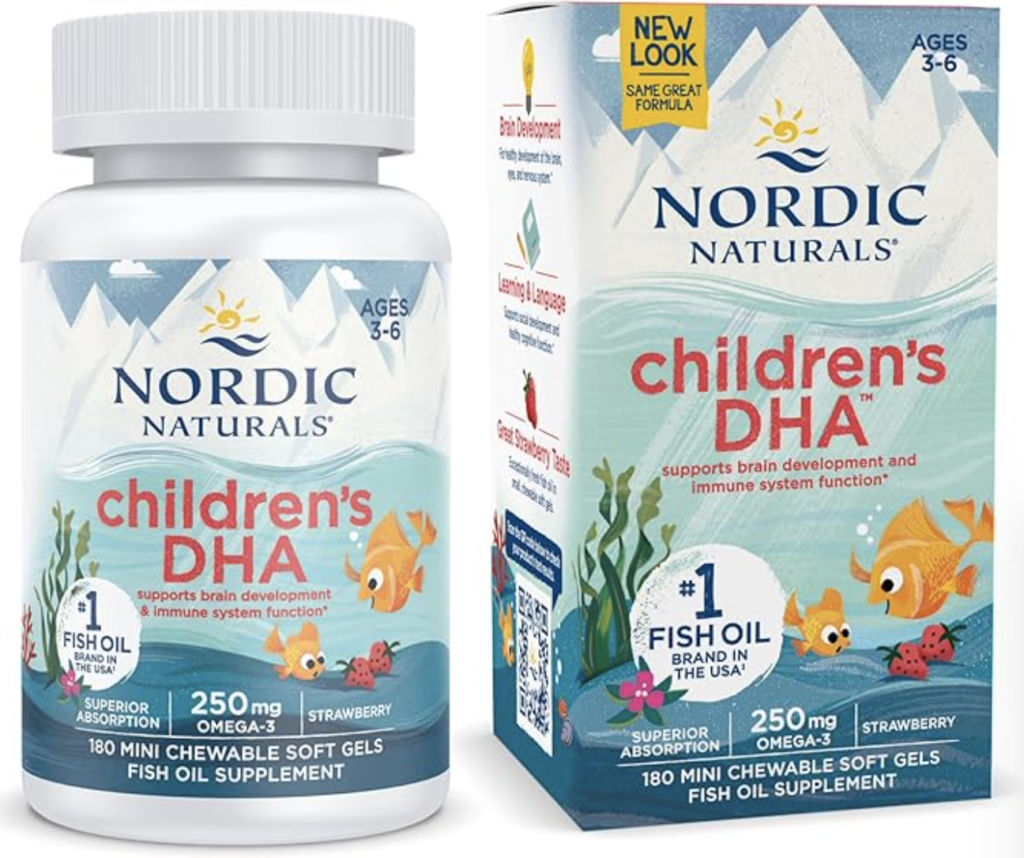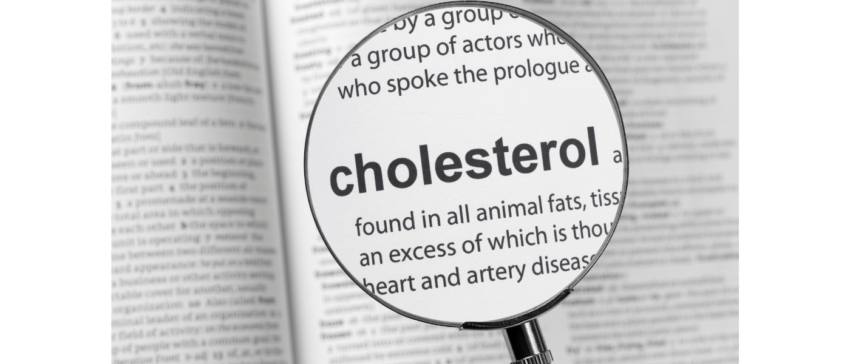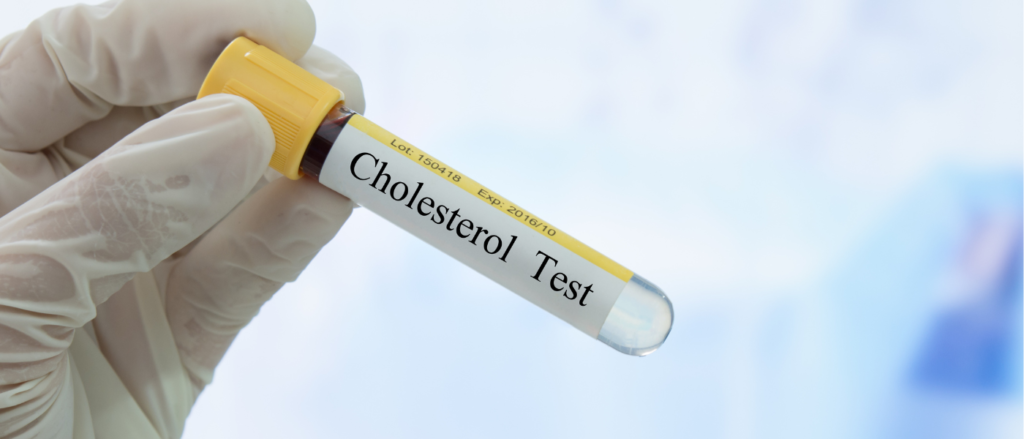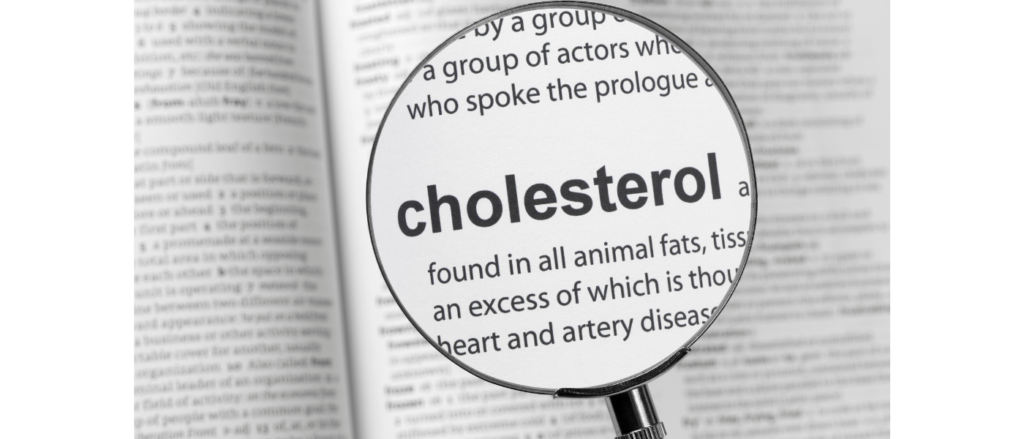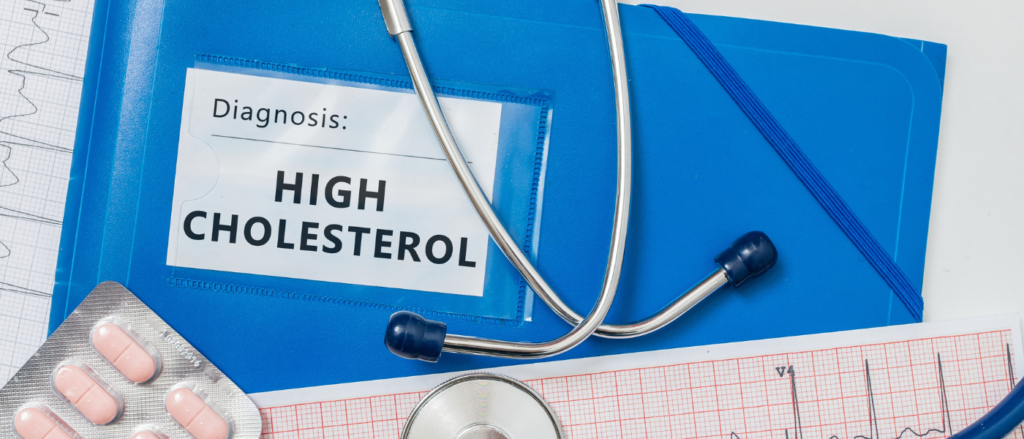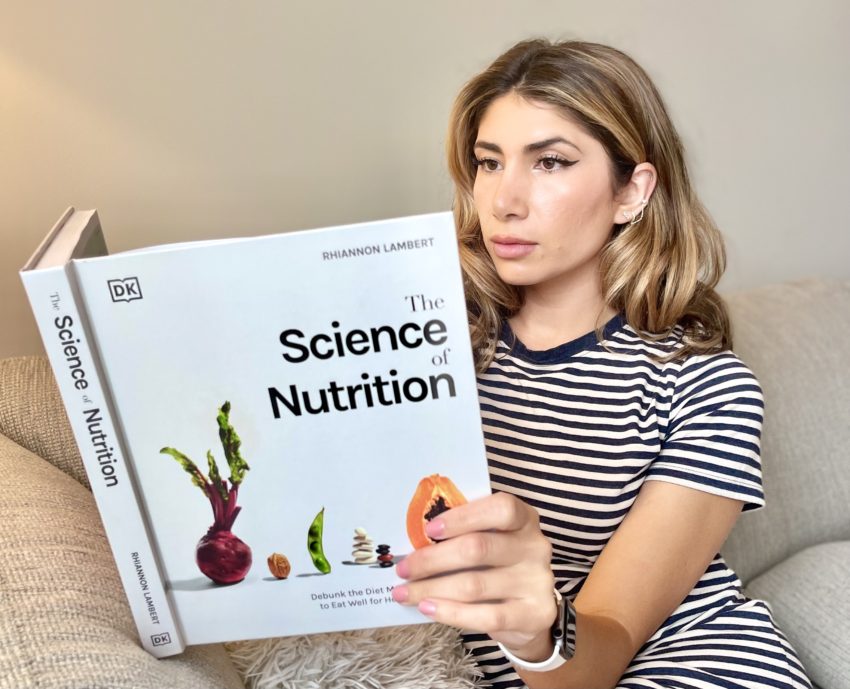How to Improve Your Good Cholesterol & Lower Risk of Heart Disease
How to Improve Your Good Cholesterol & Lower Risk of Heart Disease
When focusing on the normal levels of LDL (the bad cholesterol) and disregarding the levels of HDL (the good cholesterol), we may falsely believe we are at low risk of heart disease. Low HDL puts you at risk for heart disease even if your LDL is normal. GET YOUR HDL UP. Keep reading to learn how!
Not all physicians walk through the blood tests after getting blood work done, one reason being that they are crunching for time. I don’t particularly like simply stating to my patients that their cholesterol is high and they need to improve their diet and then moving on with the conversation. I like explaining the numbers and discussing HOW they need improvement, including beneficial supplements.
If you haven’t read my blog post “HOW TO REDUCE YOUR RISK OF HEART DISEASE BY GETTING TO KNOW YOUR CHOLESTEROL LAB TEST,” in which I break down the components of the lipid panel, I suggest reading that first.
Why is HDL important?
HDL, or high-density lipoprotein, is often referred to as “good” cholesterol because it helps remove LDL (low-density lipoprotein) cholesterol, the “bad” cholesterol, from the bloodstream. HDL carries cholesterol away from the arteries and back to the liver, where it’s processed and eliminated from the body. Because HDL helps remove excess cholesterol from the bloodstream, reducing plaque buildup in the arteries, higher HDL cholesterol levels are associated with a LOWER risk of heart disease.
What is considered low?
- For men: HDL cholesterol levels below 40 milligrams per deciliter (mg/dL) are considered low.
- For women: HDL cholesterol levels below 50 mg/dL are considered low.
What is a good HDL level to aim for?
Ideally, you want HDL above 60 – the higher, the better!!!
How do I improve my HDL levels?
1. Healthy Diet:
Eating a heart-healthy diet can help improve HDL levels. Focus on consuming a high-fiber diet, such as vegetables, fruits, nuts, seeds, and whole grains; eating healthy fats regularly; and limiting saturated and eliminating trans fats, which can raise LDL cholesterol levels.
Examples of foods containing high levels of healthy fats such as omega-3:
Fatty Fish: Fatty fish are one of the best sources of omega-3 fatty acids. Consume two servings a week of fatty fish.
Examples include:
– Salmon
– Mackerel
– Sardines
– Trout
– Herring
– Anchovies
– Tuna (especially albacore or yellowfin tuna)
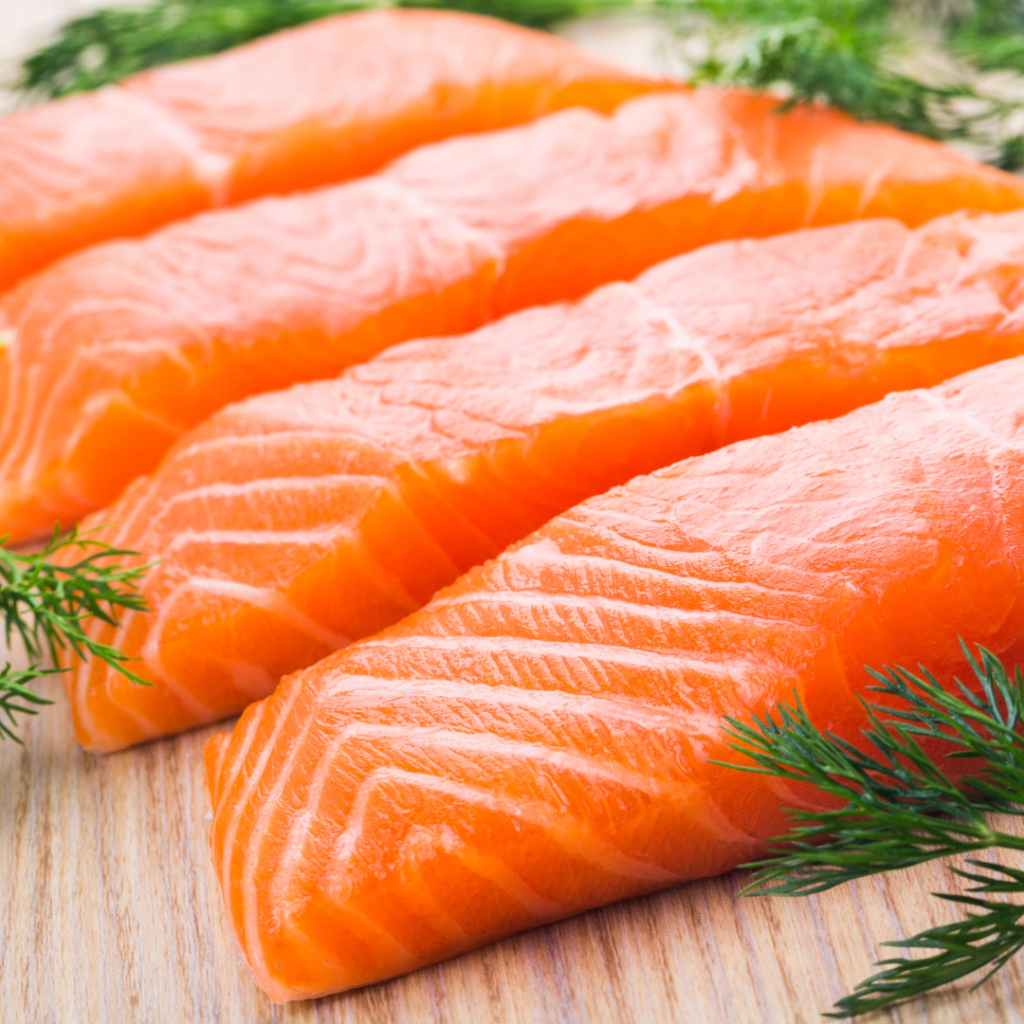
Walnuts: Walnuts are unique among nuts because they contain a significant amount of ALA omega-3 fatty acids. They make a convenient and tasty snack or can be added to salads, oatmeal, or baked goods.
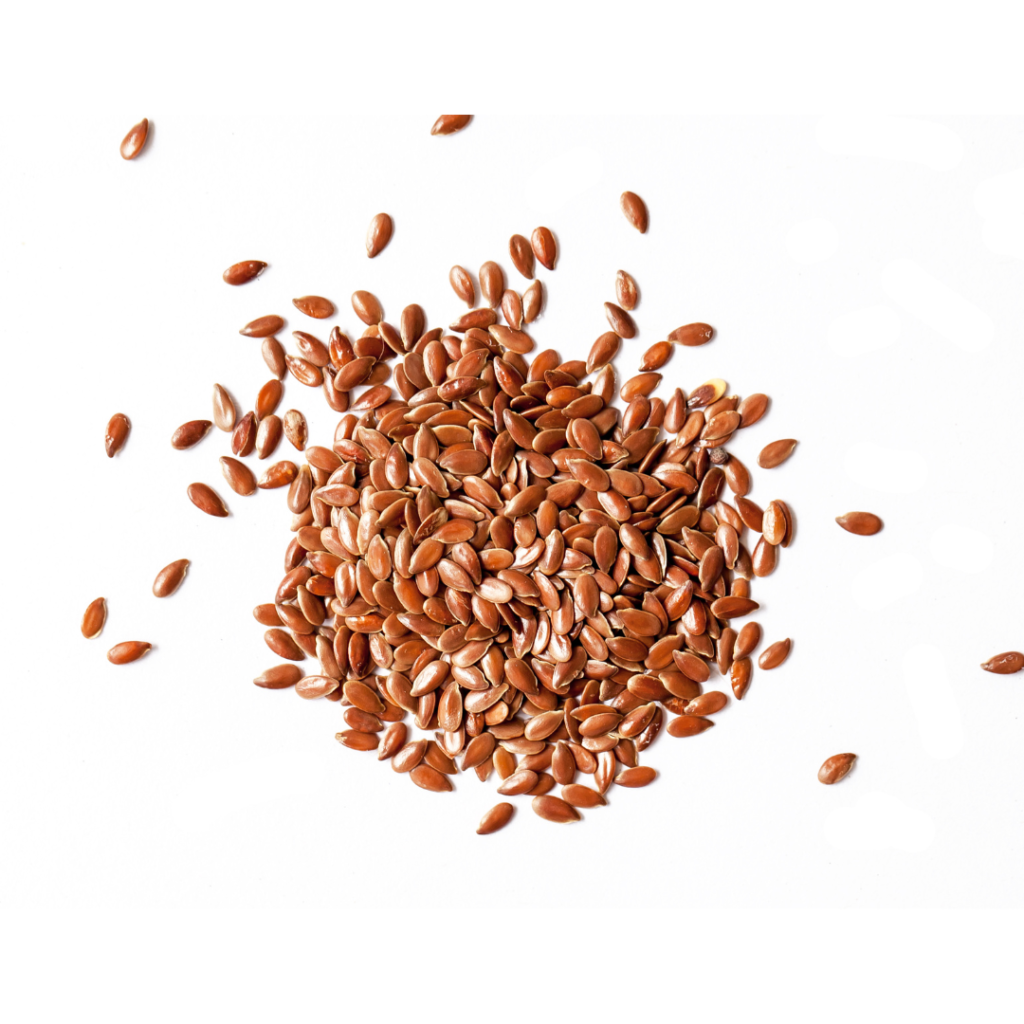
Flaxseeds: Flaxseeds and flaxseed oil are rich sources of alpha-linolenic acid (ALA), a type of omega-3 fatty acid. Ground flaxseeds can be sprinkled on yogurt, oatmeal, or smoothies, while flaxseed oil can be used in salad dressings or added to dishes after cooking.
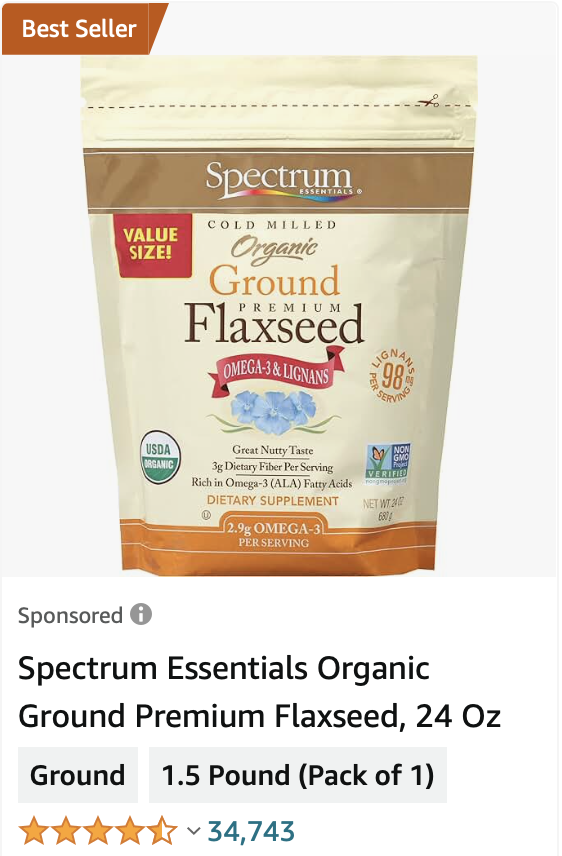
Soybeans and Soy Products: Soybeans and soy products such as tofu and edamame contain ALA omega-3 fatty acids. Incorporating these into your diet can help boost your omega-3 intake, especially if you follow a plant-based diet.
Sea Vegetables: Certain types of sea vegetables, such as seaweed and algae, contain omega-3 fatty acids, particularly EPA and DHA. These are commonly consumed in Asian cuisines and are also available in supplement form for those who don’t consume fish or fish oil.
2. Regular Exercise:
Regular physical activity, such as aerobic exercise (e.g., brisk walking, jogging, swimming, cycling), can raise HDL cholesterol levels. As recommended by health guidelines, aim for at least 150 minutes of moderate-intensity exercise or 75 minutes of vigorous-intensity exercise per week.
3. Maintain a Healthy Weight:
If overweight or obese, decreasing calorie intake and losing excess weight can help improve HDL levels. Even modest weight loss can have a positive impact on HDL cholesterol. Focusing on cutting down on simple carbohydrates and increasing protein will help lose weight while lowering cholesterol.
4. Quit Smoking:
Smoking lowers HDL cholesterol levels and increases the risk of heart disease. Quitting smoking can lead to an increase in HDL cholesterol over time.
5. Taking Omega-3 supplements
In addition to incorporating omega-3-rich foods into your diet, you may need to take supplements to improve your HDL. Fish oil supplements, in particular, are a popular choice for boosting omega-3 levels. They typically contain high concentrations of EPA (eicosapentaenoic acid) and DHA (docosahexaenoic acid), two types of omega-3 fatty acids that have been extensively studied for their cardiovascular benefits. Taking fish oil supplements can quickly obtain concentrated doses of EPA and DHA, which may help raise your HDL cholesterol levels and improve overall heart health.
The major key to improving your cholesterol to lower your risk of heart disease and preventing chronic medical conditions such as high blood pressure, diabetes, impotence, and loss of mental acuity is to improve your nutritional intake. Focus on increasing your intake of vegetables, fruits, nuts, seeds, and whole grains. Avoid fried foods, refined carbohydrates, and trans-fats. By simply cutting down on simple carbohydrates (the big four – potato, bread, pasta, rice) and increasing protein, it can dramatically reduce your cholesterol levels.
I hope you found this blog post helpful. If you did, please share this on your social media and with friends and family!
Check out my other blog posts related to your well-being on my health page. Be sure to subscribe to my YouTube channel and follow me on my social media platforms (IG, TikTok)!
